▲ Click☆to star me to avoid losing contact
Project Introduction
This trial project is based on the NXP S32K312 series core board, aiming to collect analog signals through the ADC module and observe the collected data in real-time via Jlink debugging. The S32K312 is a high-performance automotive-grade microcontroller launched by NXP, equipped with rich peripheral resources, including multi-channel ADC, UART, GPIO, etc., making it very suitable for development in automotive electronics, industrial control, and other fields. The main goal of the project is to master the ADC data acquisition function of the S32K312 and to observe the collected data in real-time through Jlink debugging.
Trial Project Process Record
Create a new example project
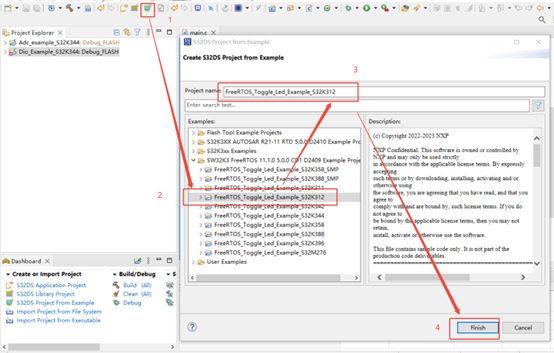
Update the source code (it is emphasized here that only after updating the source code can the project files compile successfully)
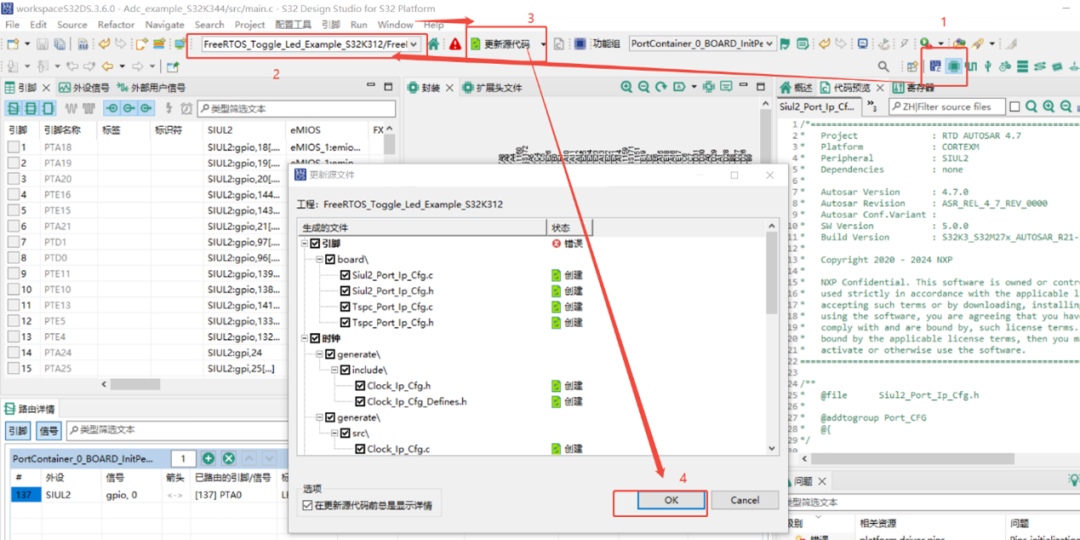
Attempt to compile the project files, and you can see that it compiles successfully.
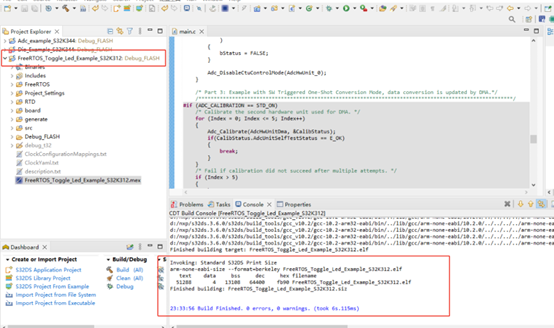
Project Configuration
Add PTD4 pin-related configurations according to the schematic

First, configure the pins
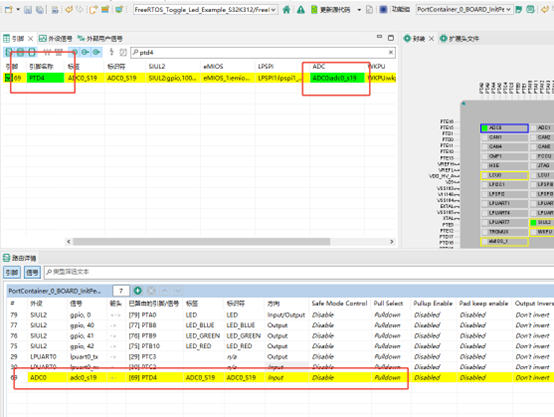
Add the ADC driver component
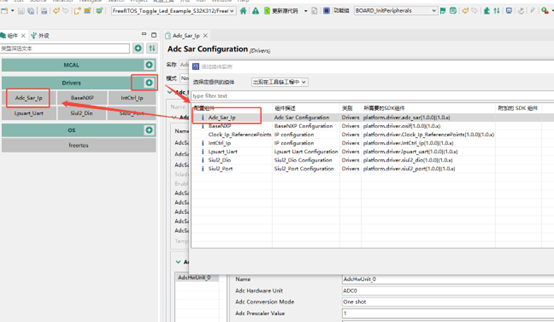
Configure the ADC component
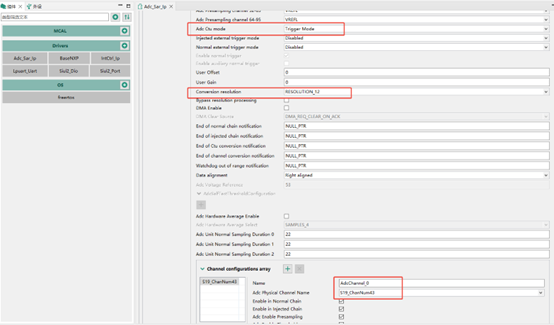
Next, let’s get to the point,
Add ADC data acquisition related code
Add new header files and macro definitions
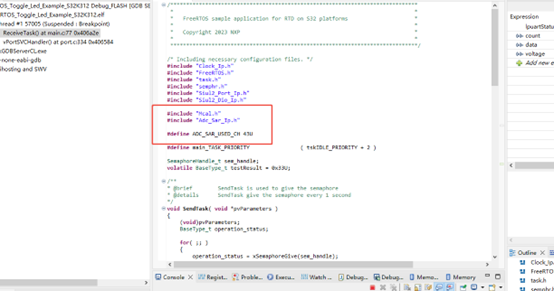
Add ADC initialization code
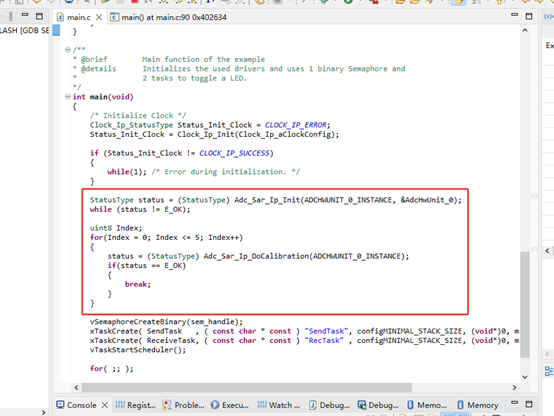
Add ADC loop reading related code in the ReceiveTask thread

Experimental Results
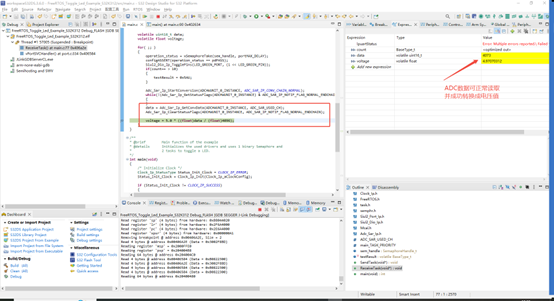
User Experience and Insights
1. Friendly Development Environment
The S32 Design Studio provides a rich toolchain and debugging features, greatly simplifying the development process. Especially its graphical configuration tool, which can quickly configure peripherals, reducing the tedious work of manually writing registers.
2. Abundant Documentation Resources
NXP provides detailed technical documentation and example code, and the DadaTong platform also has many practical tutorials and experience sharing, helping me quickly get started with S32K312 development.
3. Challenges During Debugging
During the debugging process, I encountered some issues, such as the Jlink debugger not starting properly. I even reinstalled the S32DS software, and later analyzed that it might have been caused by reinstalling the Jlink driver. The final solution was to change the Debugger->GDB Client Setup->Executable name configuration item.
The changed parameter is: ${S32DS_GDB_ARM32_EXE}

4. Suggestions and Improvements
I suggest that NXP further optimize the ADC sampling accuracy and anti-interference capability in future versions. Additionally, more example codes and application cases should be added to help developers get started faster.
Conclusion
Through this trial of the S32K312 development board, I gained an in-depth understanding of the ADC data acquisition and serial communication implementation process, accumulating valuable development experience. The S32K312, as a high-performance automotive-grade microcontroller, has powerful peripheral resources and stable performance, making it very suitable for complex embedded system development. In the future, I plan to further explore other functions of the S32K312, such as CAN communication, PWM output, etc., to provide solutions for more practical application scenarios.
Acknowledgments
Reference link for ADC peripheral configuration guidance
https://blog.csdn.net/lnniyunlong99/article/details/136059070
This article is from the “S32K312 Development Board Review Activity” reviewer: Gong Hexiong
For more related content on the S32K312 development board review, please follow the DadaTong blogger: Automotive Expert.
Welcome to follow the DadaTong blogger:Automotive Expert
Learn more about automotive-related application knowledge!

Welcome to follow the Dalian Dalian Engineer Community – DadaTong
👇👇👇


ClickRead the original text to learn more details!

Like
Collect
Share